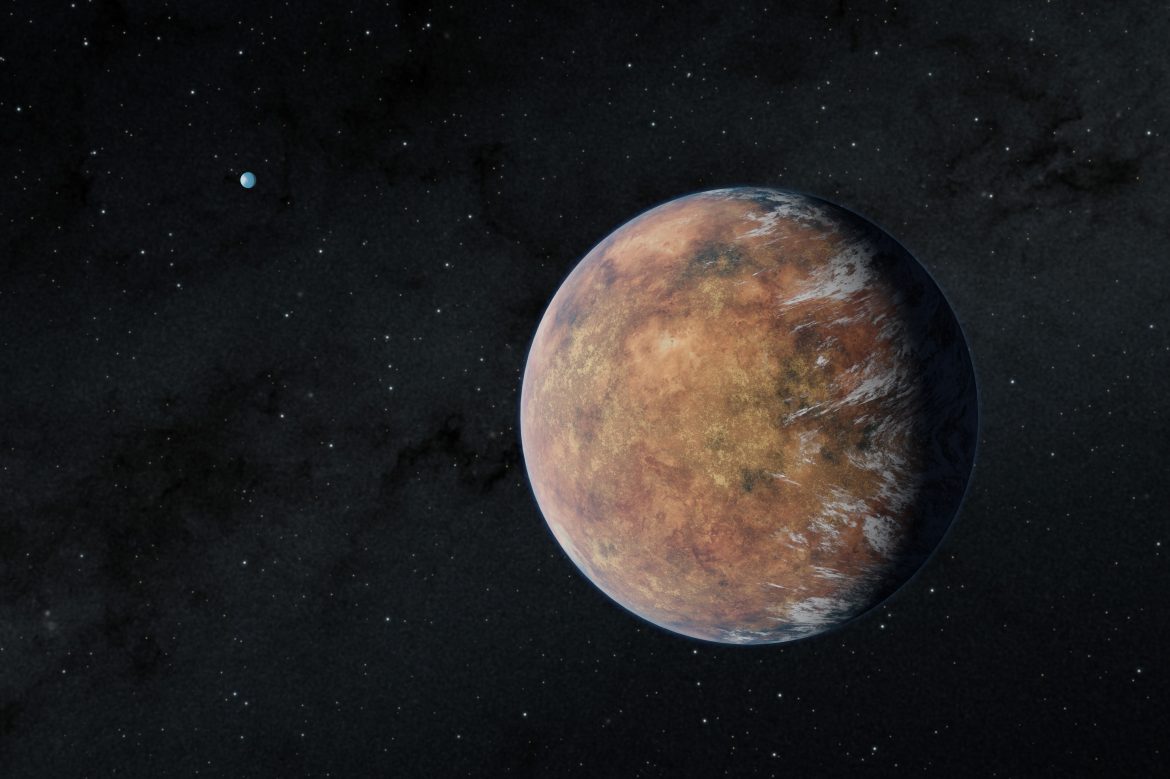
Could It Be Our New Home? Earth-Like Exoplanet Found
By using the data from NASA’s TESS (Transiting Exoplanet Survey Satellite) instrument, scientists have identified a near-Earth-sized planet, named TOI 700 e, orbiting within its star’s habitable zone -the distance range where liquid water can form on a planet’s.
TOI 700 e is only the second planet discovered that seems this suitable for life as we know it, and the most surprising part is that it is in the same system as the first planet.
Astronomers had previously discovered three planets in this system, designated TOI 700 b, c, and d. Planet TOI 700 d is the other planet identified in an orbit that is within the habitable zone.
Since launching in April 2018, TESS has discovered 285 confirmed exoplanets and over 6,000 candidates. One of the most intriguing of the confirmed planets was TOI 700 d, a planet about the size of Earth and located in its star’s habitable zone. In October 2021, researchers determined that TOI 700 d had an equally promising neighbor.
On its 28-day orbit, TOI 700 e sits in an “optimistic” habitable zone between planets d and c. Scientists define this zone as optimistic, meaning liquid water may have been found on the planet’s surface at any point in its history. This area covers a wider range than the conservative habitable zone, which researchers have hypothesized for a planet to have liquid water for most of its lifespan.
The planet, which is 95% the size of our Earth and likely rocky, may also be tidally locked like its other siblings -meaning that it rotates around its own axis and revolves around its star in the same amount of time.
Finding other planetary systems with Earth-sized planets helps scientists learn more about the history of our own Solar System. Finding two in the same system, on the other hand, is a truly rare scientific discovery.
REFERENCES
- 1. https://www.nasa.gov/feature/nasa-s-tess-discovers-planetary-system-s-second-earth-size-world/
- 2. https://www.space.com/tess-second-earth-size-habitable-zone-exoplanet
